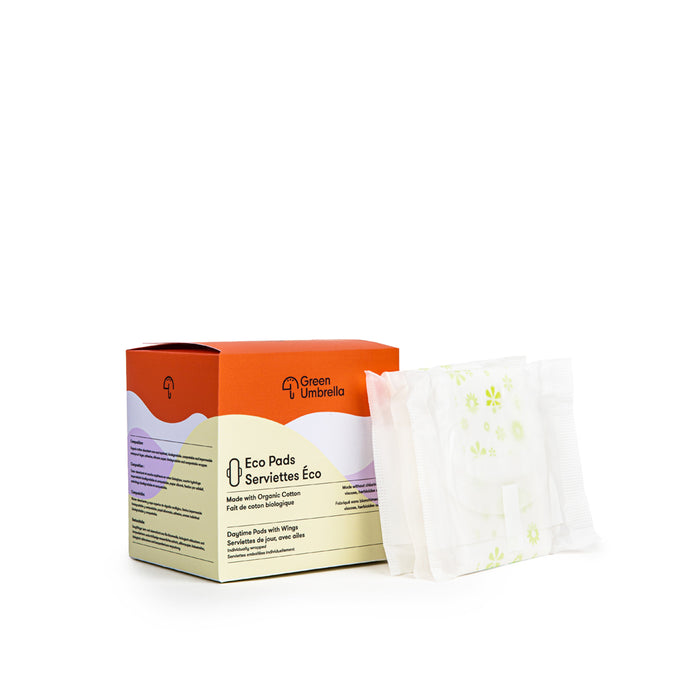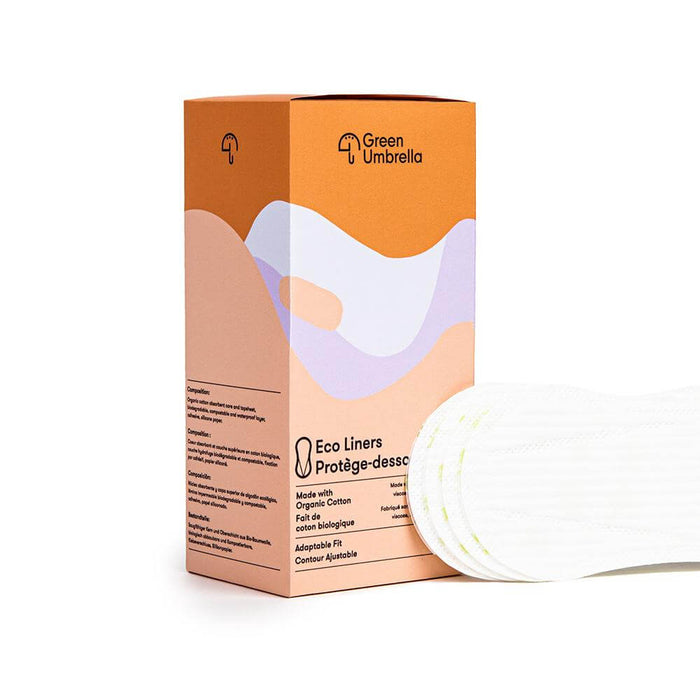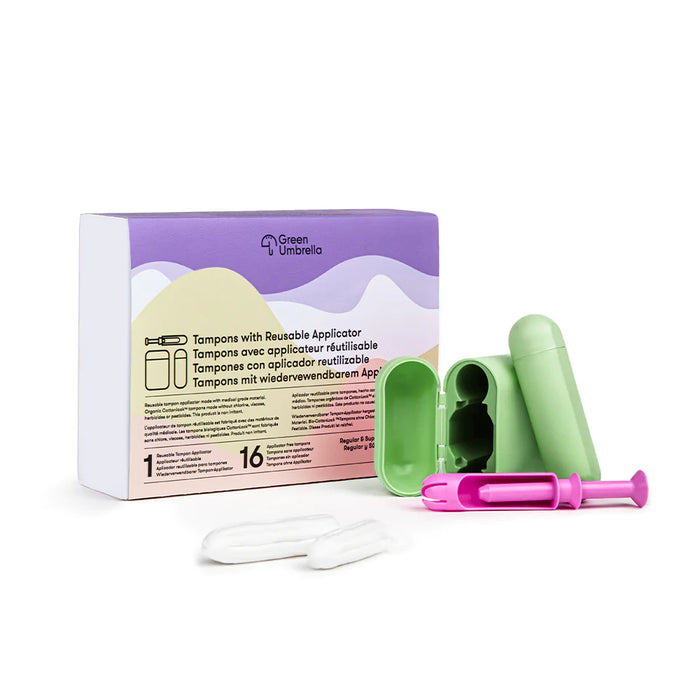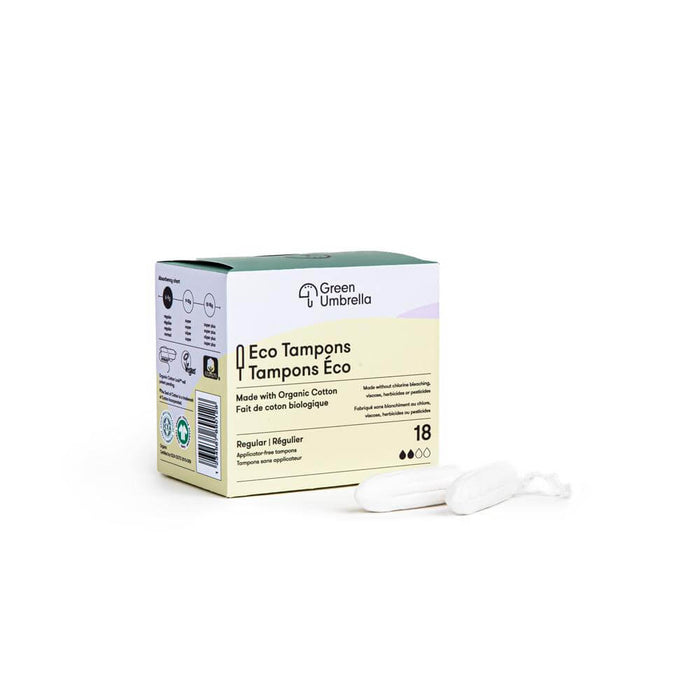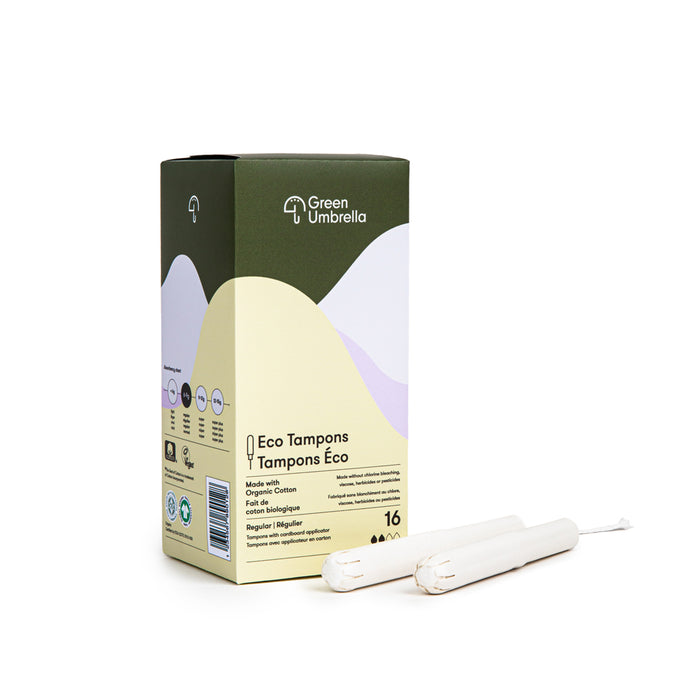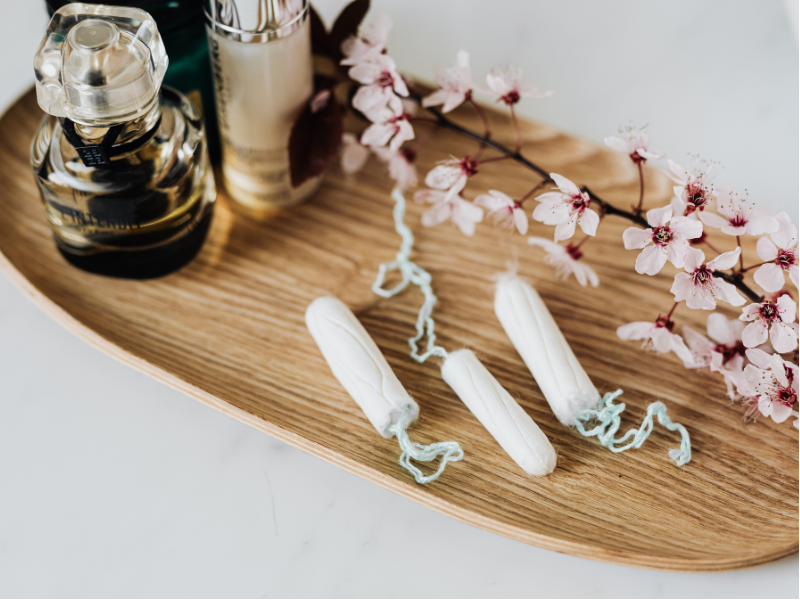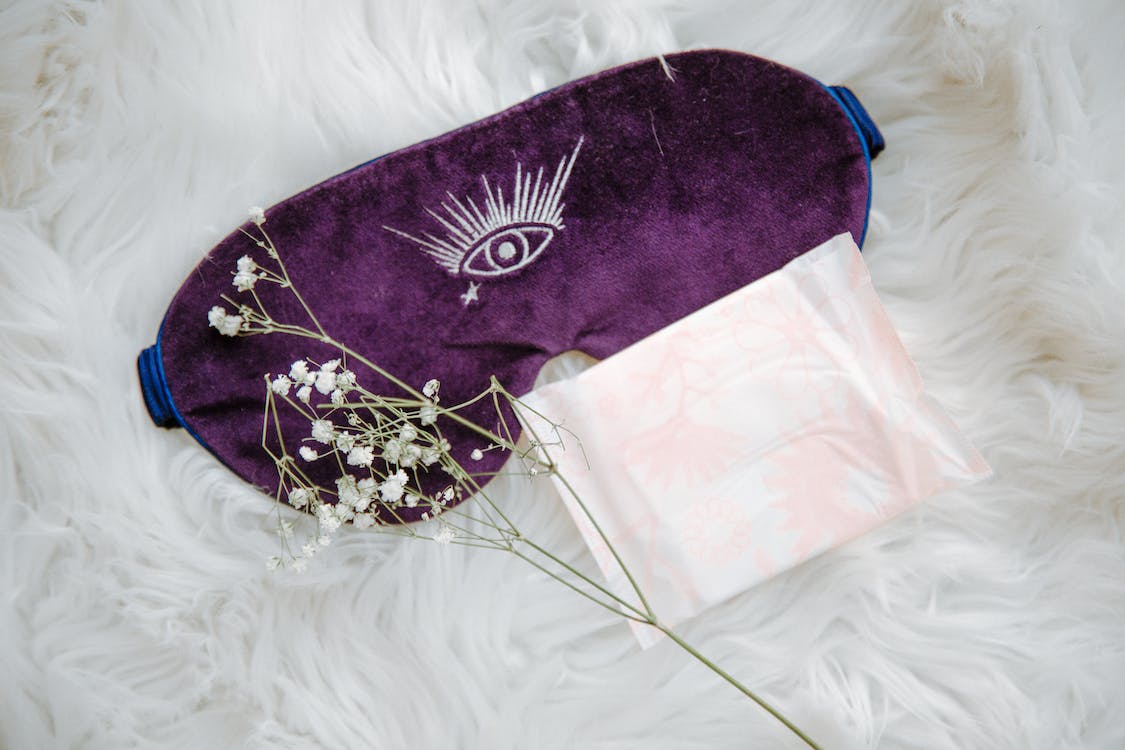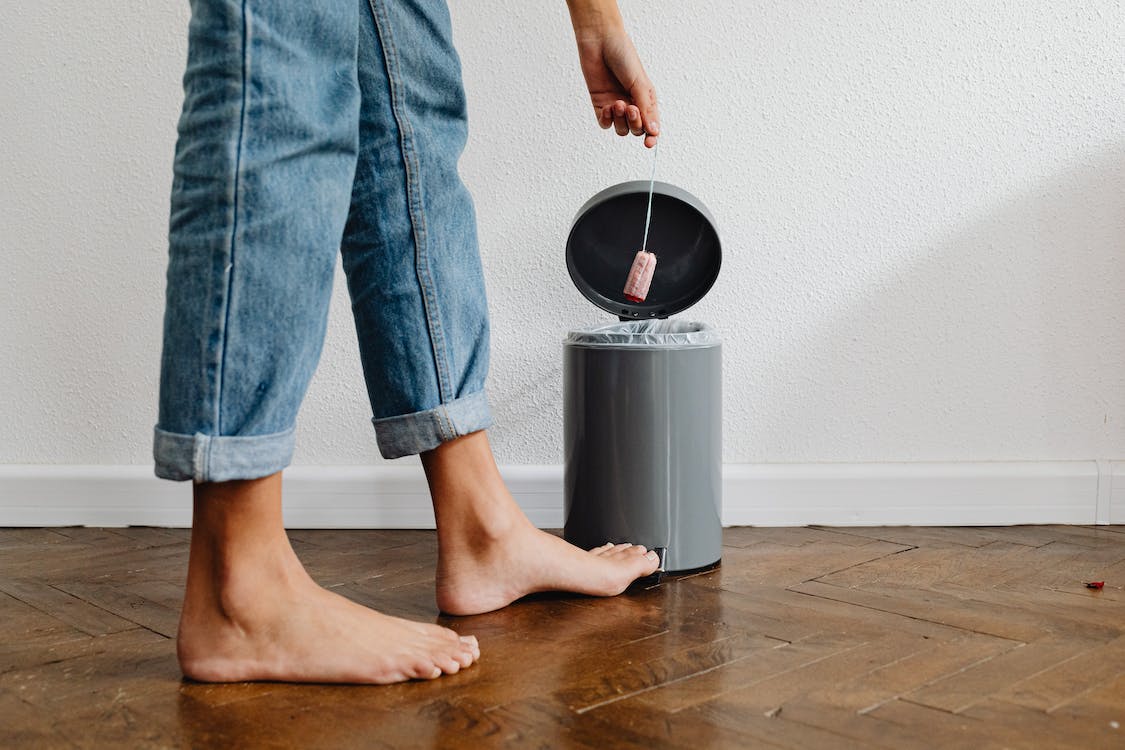A Brief Period in History
At Only, we make it our mission to normalize talking about menstruation, sharing our experiences and discovering the best way to manage your period for you and your body. You could say that talking about periods is kind of our thing. While we shed light on modern day period problems and solutions, we also want to highlight how far we, as women, have come to manage our periods on a social, biological, and environmental level. Let’s take a look at a few periods in history, and be grateful for how far we’ve come.

The Past
The first ever tampon, dating back to Egyptian times, was believed to have been made with papyrus, a thick paper-like material that was used as writing material. Later on, in Greece and Rome, tampons were created with lint or wool wrapped with small pieces of wood.
In Medieval times, women used to often use rags as makeshift tampons and pads. Alternatively, free bleeding was a popular practice because it was common knowledge that this expelled toxins from the body. Surely, we all know that women were accused of sorcery, witchcraft, secret powers, talents and abilities during ancient rule. While we do believe that women are powerful creatures beyond measure, likely these types of accusations stemmed from the natural act of menstruation. It is also important to note that, back then, women had fewer periods, bore children at a younger age, began menopause sooner than today, and had a shorter life expectancy.
In the Victorian era, the free-bleed trend continued, even with all those big, pouffy dresses! At the time, it was seen as a prestigious act, which demonstrated fertility to suitors.
In the early 1900s, the first ever period products came to life: menstrual cups made from aluminum or hard rubber, and period pants, which were pants that were lined with rubber. Additionally, a company called Lister’s released sanitary napkins, as well as sanitary belts, which was an elastic belt worn under clothing to hold the pad. Think suspenders but for your pad. At this time, there was more emphasis on women wearing pads, as it was believed that inserting a tampon would break a woman's hymen, and that they would be impure for marriage.


The modern tampon, how we know it now, applicator and all, was introduced in 1929. Shortly after, during WW2, the demand for these products hit an all-time-high and factories began manufacturing very high quantities of period products. To ensure cleanliness and maintain the integrity of the tampons and pads, companies used bleaches to clean the cotton and single-use plastics for packaging.
The Future
Based on the societal pressures and expectations for women on their periods, as well technological innovations and advancements that made it possible to be where we are today, periods and tampons are rich with economic and social history. As long as there have been human beings on this earth, there have been women who menstruate. A natural and essential process in bearing children, and often a coming-of-age milestone for women across many cultures. Over thousands of years, there is no doubt that women’s period products have changed (definitely for the better!) over time. But what is the next step in period innovation and reputation?
Sustainability. All natural. Environmentally conscious. Arrives at your door. Organic. Customizable. Product diversity. Biodegradable. Doesn’t that sound great? We’ll, you’re in luck girl. The future is now.


